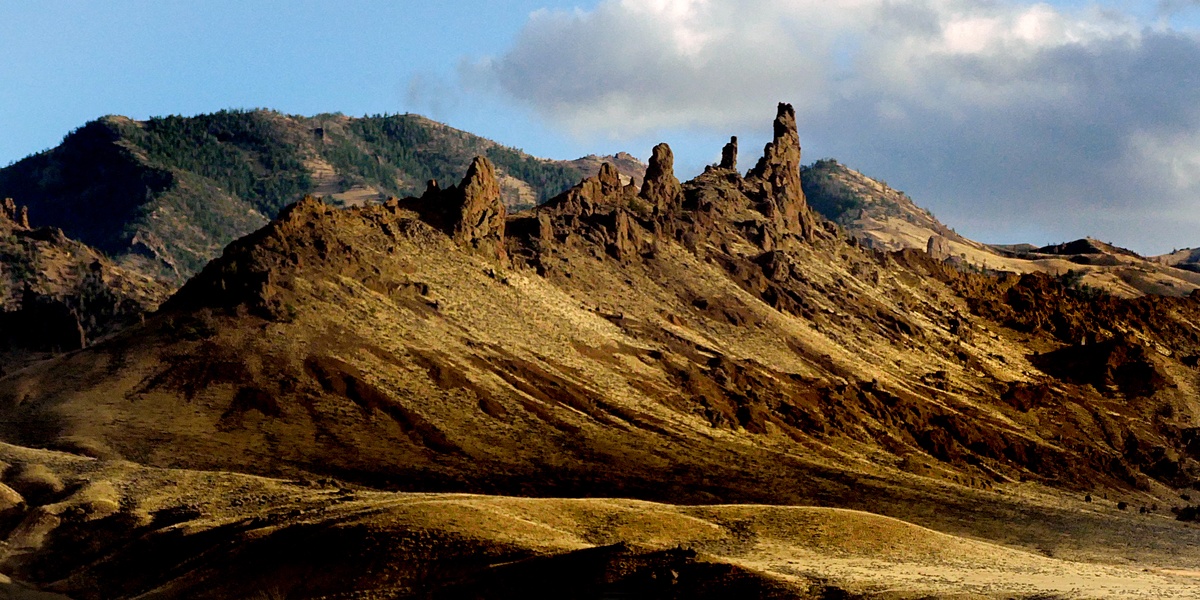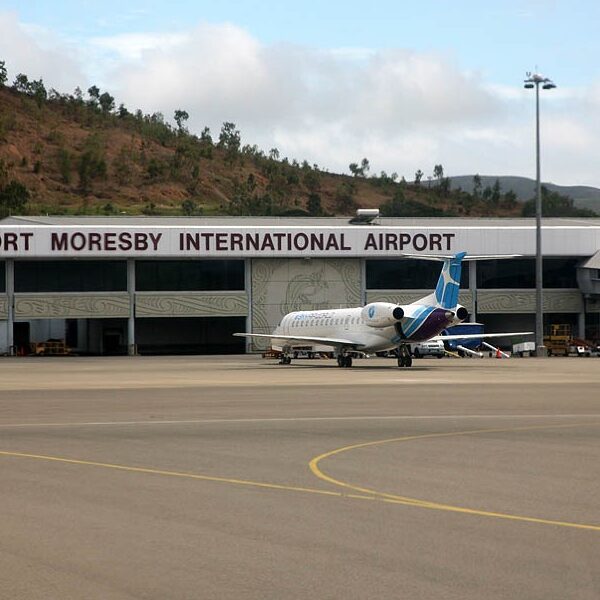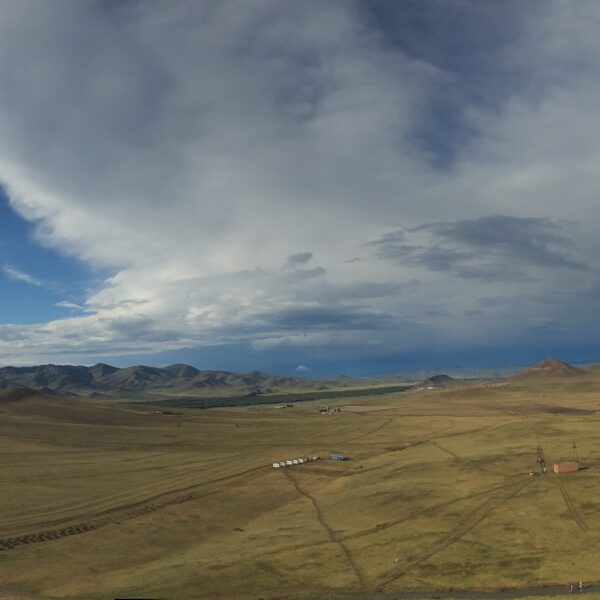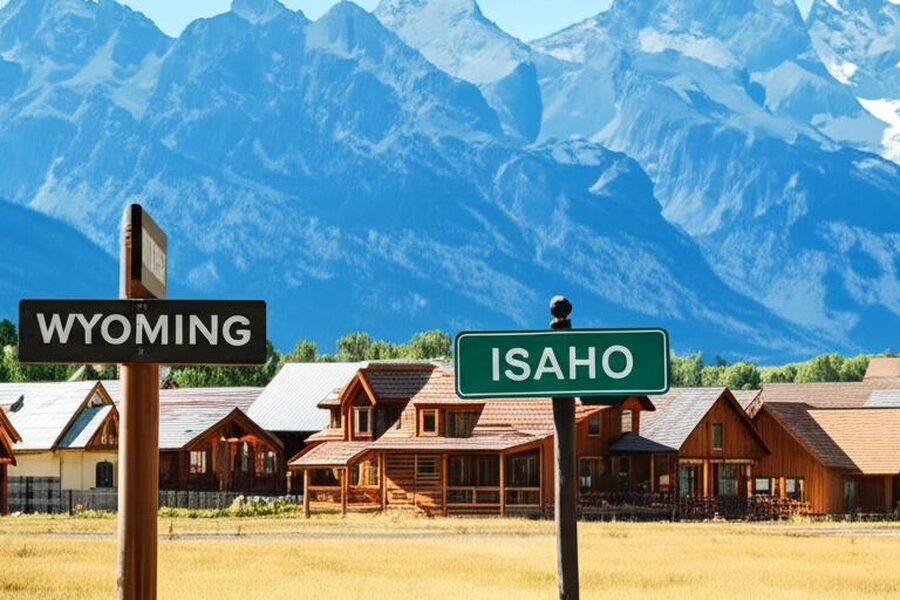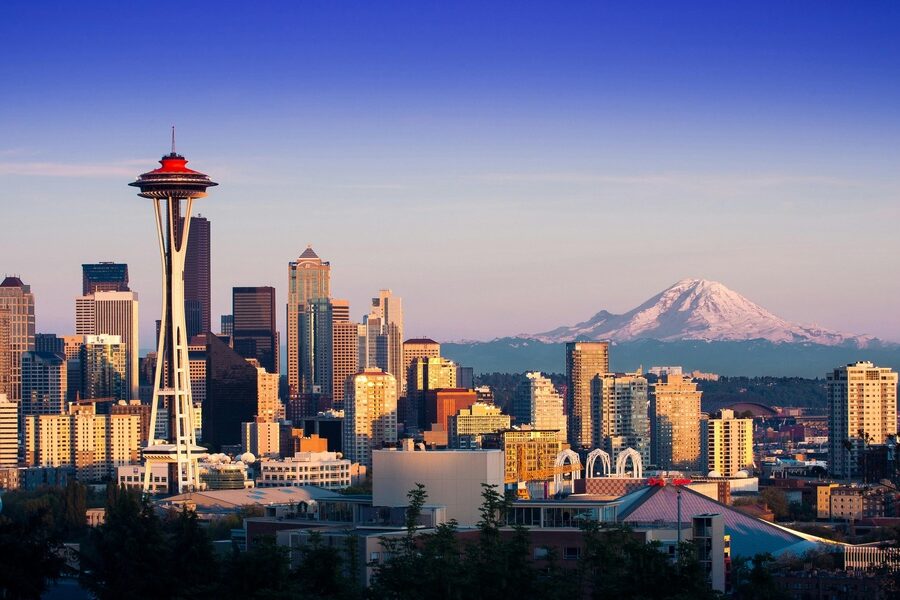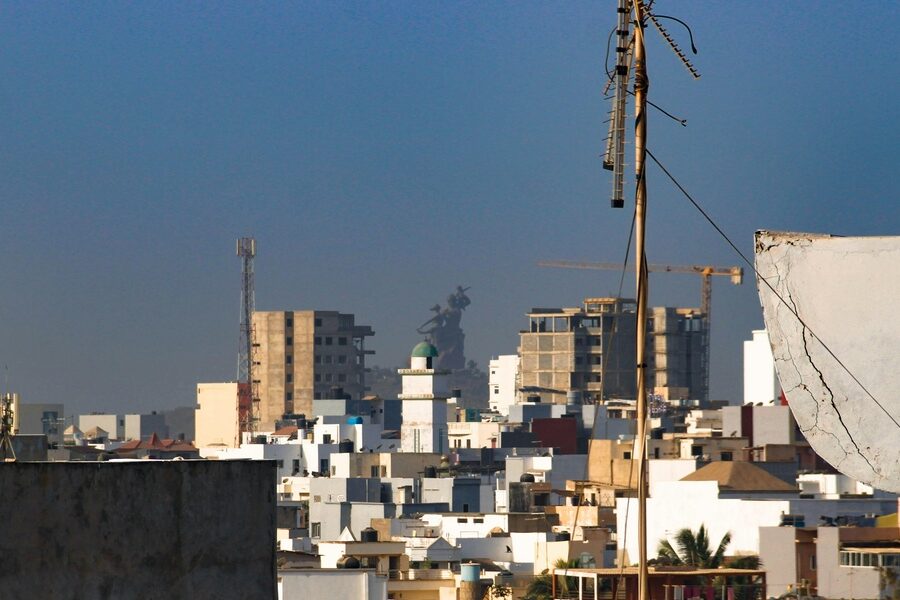Yellowstone became the world’s first national park in 1872, and that decision put Wyoming on the map as a place of vast public lands and dramatic skies.
But is Wyoming the right place to live today? The state rewards people who want space, low taxes, and an outdoor life. The same features create trade-offs in services, job variety, and connectivity.
This piece lists five clear pros and five clear cons so you can weigh the trade-offs. It groups points into themed sections: community, cost, outdoors, and services.
Quick context: Wyoming had about 576,851 residents in the 2020 census and roughly 6 people per square mile. That scale shapes almost every part of daily life.
Read on if you are considering a move, planning a remote-work relocation, or thinking about an extended stay. The goal is a straightforward look at what life feels like here.
Lifestyle & Community
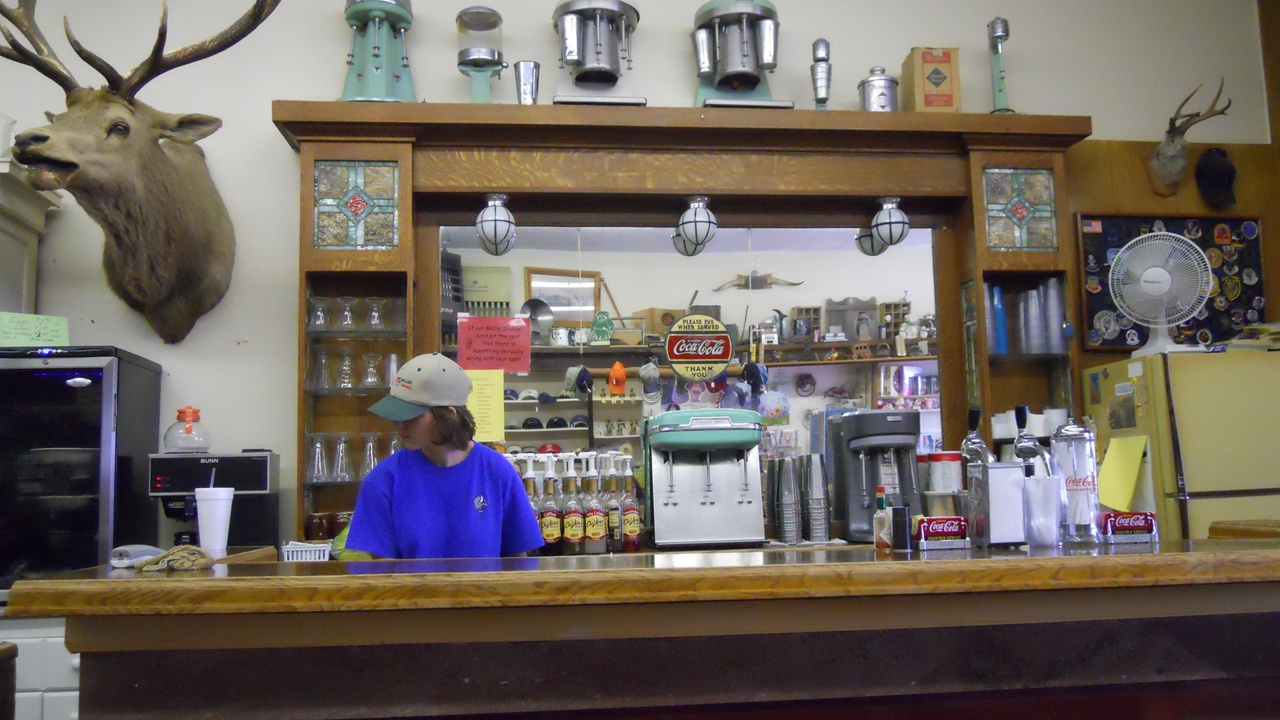
Wyoming’s low population density and Western culture shape everyday life. With roughly 6 people per square mile and about 576,851 residents statewide, you get quiet neighborhoods, visible neighbor ties, and strong volunteer networks. Town events often center community calendars.
1. Pro — Low population density and close-knit towns
Wyoming’s sparse population creates quiet streets and a strong sense of neighborliness. In many towns people know shop owners by name and volunteers staff essential services like fire departments.
That density statistic—about 6 people per square mile—means shorter commutes in many places and plenty of room between homes. It also makes local politics personal and community meetings lively.
Examples: Cody and Laramie have walkable downtowns and visible community traditions like Cody’s Fourth of July parade or Sheridan’s outdoor festivals. Families, retirees, and remote workers who want calm often benefit most.
2. Pro — Strong local traditions and an outdoor-first culture
Wyoming’s identity centers on the outdoors and western traditions. Rodeos, hunting seasons, and public-land access shape daily rhythms in many communities.
Yellowstone (1872) and Grand Teton are cultural anchors for tourism and local calendars. Hunting and fishing seasons influence family plans and local business cycles.
Local examples include community rodeos, county fairs with hunter check-ins, and ranching events that still set school and work rhythms in smaller towns.
3. Con — Social isolation and limited cultural amenities
A small population means fewer theaters, museums, and nightlife options outside a handful of towns. Many places have fewer than 10,000 residents, so specialized cultural institutions are rare.
Cheyenne and Jackson concentrate more of the state’s cultural offerings. For everything else you may drive 60 to 180 minutes for a major concert or exhibit.
The practical effects are real: fewer ethnic restaurants, a smaller dating pool for young professionals, and more evenings spent at home or streaming rather than at live venues.
Cost of Living & Economic Opportunity
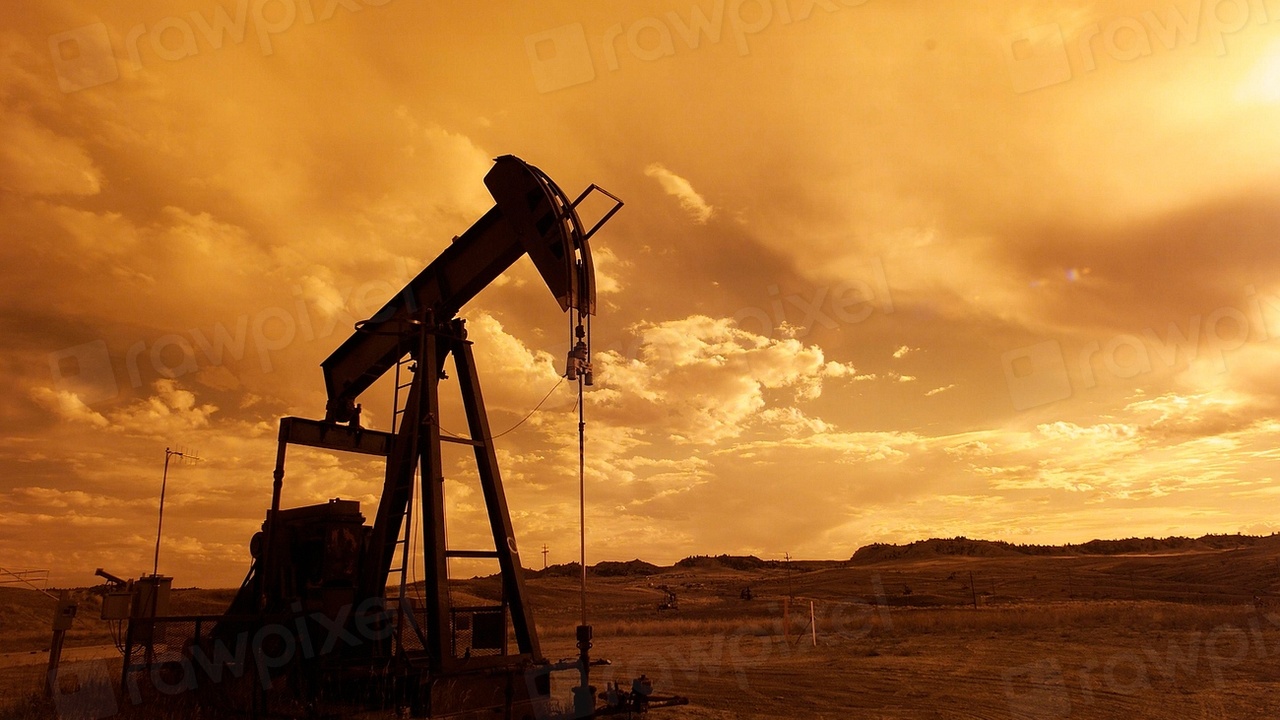
Wyoming has a distinct fiscal mix: no state income tax, heavy reliance on energy and tourism, and widely variable housing costs. That creates clear financial advantages and risks depending on career and location.
4. Pro — Low tax burden and generally affordable housing outside resort towns
One major financial plus is that Wyoming has a 0% state income tax. That benefits salaried workers, business owners, and retirees planning withdrawals.
Property and sales taxes exist, but the overall state tax load is often lower than in many coastal or mountain resort states. That increases take-home pay and can stretch retirement savings further.
Housing is affordable in much of the state. Outside places like Jackson, median home prices are often a fraction of what you find in nearby Colorado resort towns. Still, expect sharp local variation.
5. Con — Job market is concentrated and vulnerable to boom-bust cycles
Wyoming’s economy relies heavily on energy extraction, agriculture, and tourism. That means local job markets can swing with commodity prices and seasonal visitor flows.
When coal, oil, or natural gas prices fall, layoffs can ripple through small communities and reduce local tax revenue. Tourism peaks can leave towns short-staffed in summer and slower in winter.
Practical consequence: professionals in finance, tech, or specialized medicine may find few local openings. Many people either work remotely or relocate for certain careers.
Environment & Outdoor Access
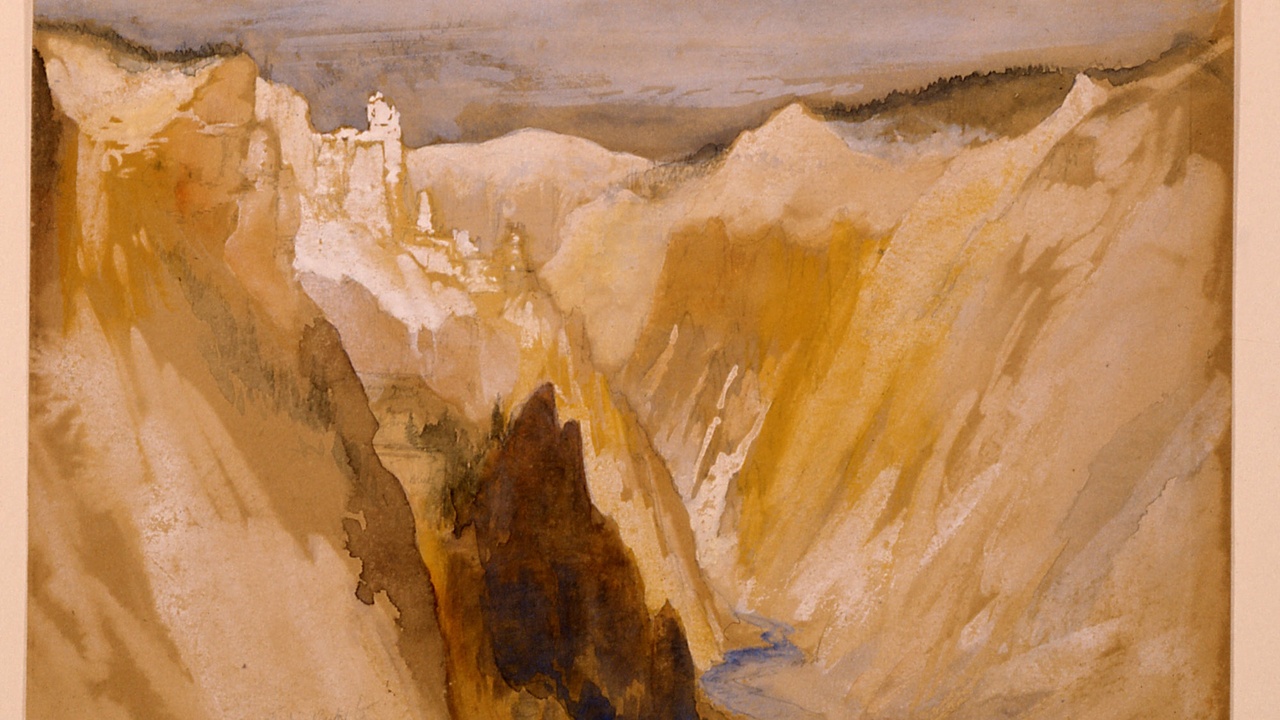
For outdoor lovers, Wyoming is hard to beat. The state has national parks, millions of acres of public land, and low light pollution. Those features shape recreation and quality of life.
6. Pro — Immediate access to national parks and public lands
Yellowstone (1872) and Grand Teton offer world-class hiking, wildlife viewing, and backcountry access. Beyond the parks, roughly 48% of the state is public land available for recreation.
That access makes weekend backpacking, overland trips, and hunting straightforward for many residents. It also supports local businesses such as guiding services and outfitters.
For someone who prioritizes outdoor time, proximity to parks can be both a lifestyle draw and an economic plus if you work in tourism or outdoor services.
7. Pro — Clean air, dark skies, and quiet natural settings
Low population and limited urban light mean excellent night skies and generally good rural air quality. Many counties report low particulate levels compared with urban areas.
Stargazing programs at park visitor centers and local observatory events are common in summer. Clear nights make astrophotography and science outreach easy pastimes.
Quieter campgrounds and lower noise pollution also help with wildlife viewing and a slower pace of life for residents who value solitude.
8. Con — Harsh winters and extreme weather can be isolating
Winters are long and cold in many parts of the state. Mountain passes can close and heavy snow can isolate rural communities for days at a time.
Consequences include school closures, higher heating bills, and interrupted travel. Rural residents often need winter-ready vehicles, snow tires, and contingency plans for supplies.
Communities cope with coordinated snow-plow efforts and emergency preparedness, but expect weather to limit access to services regularly in winter months.
Practicalities: Services, Connectivity & Healthcare

Services and infrastructure vary widely across the state. Some towns offer full hospitals and fiber broadband. Others have only a clinic and spotty internet. That difference matters a lot for daily life.
9. Con — Limited healthcare access and longer travel for specialists
Many rural counties lack full-service hospitals and specialty clinics. Residents commonly drive one to two hours to reach trauma centers or specialists in Cheyenne, Casper, or Jackson.
Longer drive times mean more planning for appointments and tests. Rural hospitals also struggle to recruit specialists, which affects wait times and continuity of care.
Coping strategies include telehealth visits, scheduled trips to regional centers, and local clinics that refer complex cases to larger hospitals.
10. Con — Limited public transport and broadband gaps in rural areas
Public transit outside a few cities is minimal. If you do not drive, options are limited. That affects people who rely on buses, taxis, or ride services.
Broadband has improved with state and federal grants, but gaps remain. Some areas still report speeds under 25 Mbps, which can hinder remote work and video-heavy tasks.
Some towns have municipal fiber projects and strong internet. Newcomers should check local service maps and, when possible, test speeds before committing to a move.
Summary
- Wyoming delivers exceptional outdoor access, low taxes, and tight-knit communities, but those benefits come with trade-offs in services and job diversity.
- The state’s fiscal perks (no state income tax) can be offset by seasonal economies in energy and tourism and by sharp housing price differences in resort towns like Jackson.
- Practical limits include longer drives for specialist medical care, spotty broadband in places, and winter weather that can isolate rural areas.
- Consider what matters most: community type, work options, healthcare proximity, and tolerance for winter isolation before relocating.
- Try a short-term stay or an extended visit to see how the realities match your priorities; test commute times, internet speeds, and local services first.

